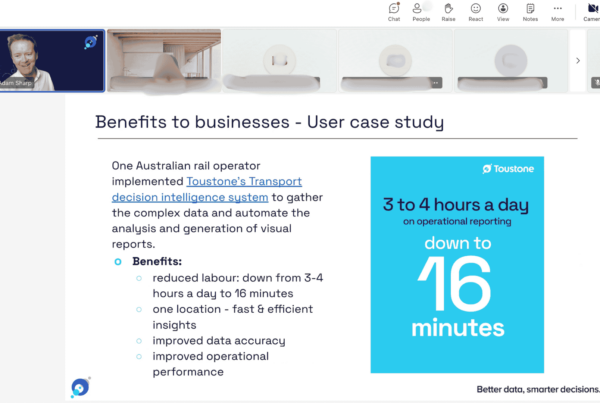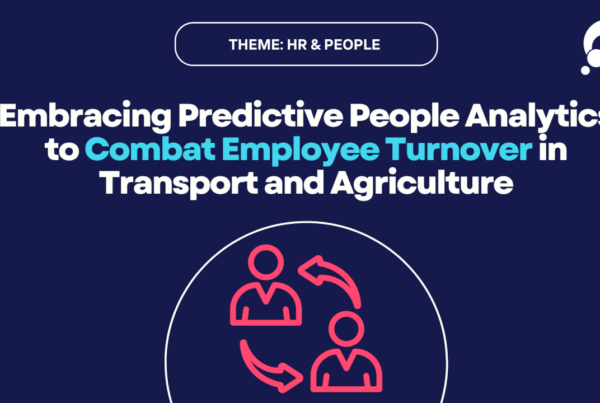Overwhelmed by how many Business Intelligence tools there are? Toustone CEO Craig Lefoe, explains how what you choose is not as important as how you get there.
Many business owners and professionals get to the point where they know they need to become sophisticated with how they collect, manage, analyse and apply their data. So, how do they typically go about solving this issue? Research software to do the job.
There are so many business intelligence (BI) tools on the market – Qlik, Power BI, Yellowfin BI, Tableau – but at the end of the day any BI tool you choose is essentially only the presentation layer of the most important steps in the business intelligence process. And, if you skip these steps it could cost you more time and money than simply keeping the status quo.
So how do you get it right from the start?
Toustone CEO, Craig Lefoe, says the first step to determining the success of a project is getting your data structure right. This includes examining your ETL (extraction, transformation, and loading), modelling and warehousing first.
1. Planning and needs analysis
Consult with stakeholders and ask the right questions to define the specific problems that need to be solved. Each tool will offer different features which could change the time to delivery.
2. Warehousing
Consider if your BI tool will be hosted on site, or in the cloud and the pros and cons of each.
3. ELT – extraction, transformation, and loading
Ensure you have the right data foundation by collecting, preparing and organising your data to deliver relevant reports.
Once these steps have been worked through, you are ready to choose the perfect BI platform to support your data needs. And, of course, it never hurts to talk to the experts and learn from their experience.
“One of our strengths, as BI consultants, has always been that we have had valuable experience across many business sectors,” Craig Lefoe said. “This means we understand each business has different needs and can create bespoke solutions as well as ensuring they get the most out of their software purchases.”



